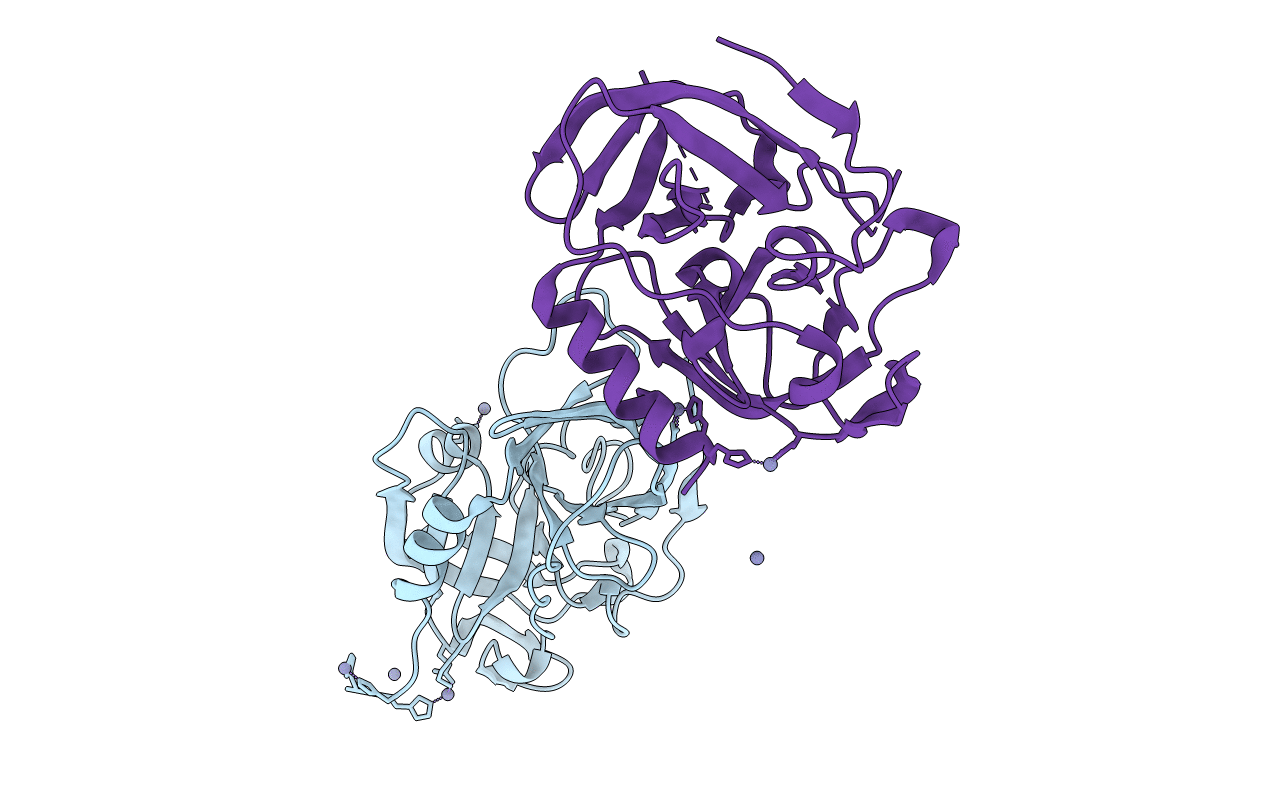
Deposition Date
2005-08-23
Release Date
2005-09-06
Last Version Date
2024-03-13
Entry Detail
PDB ID:
2AS9
Keywords:
Title:
Functional and structural characterization of Spl proteases from staphylococcus aureus
Biological Source:
Source Organism:
Staphylococcus aureus (Taxon ID: 1280)
Host Organism:
Method Details:
Experimental Method:
Resolution:
1.70 Å
R-Value Free:
0.24
R-Value Work:
0.21
R-Value Observed:
0.21
Space Group:
P 21 21 21


